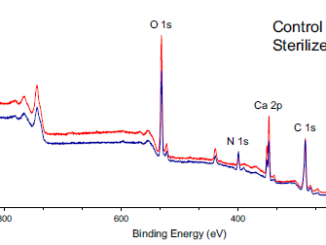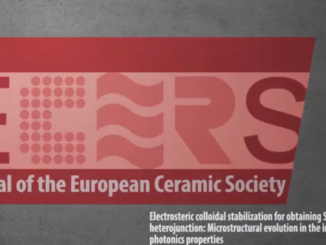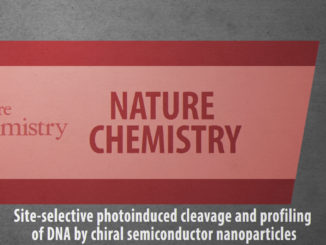
Theoretical study of porous surfaces derived from graphene and boron nitride
Abstract: Porous graphene (PG), graphenylene (GP), inorganic graphenylene (IGP-BN), and porous boron nitride (PBN) single-layer have been studied via periodic density functional theory with a modified B3LYP functional and an all-electron Gaussian basis set. The structural, elastic, electronic, vibrational, and topological properties of the surfaces were investigated. The analysis showed that all porous structures had a nonzero band gap, and only PG exhibited a non-planar shape. All porous structures seem to be more susceptible to longitudinal deformation than their pristine counterparts, and GP exhibits a higher strength than graphene in the transversal direction. In addition, the electron densities of GP and IGP-BN are localized closer to the atoms, in contrast with PG and PBN, whose charge density is shifted towards the pore center; this property could find application in various fields, such as gas adsorption.
Authors: G. S. L. Fabris, N. L. Marana, E. Longo & J. R. Sambrano.
Journal of Solid State Chemistry
Volume 258, February 2018, Pages 247-255
DOI: https://doi.org/10.1016/j.jssc.2017.10.025
PDF: Theoretical study of porous surfaces derived from graphene and boron nitride




